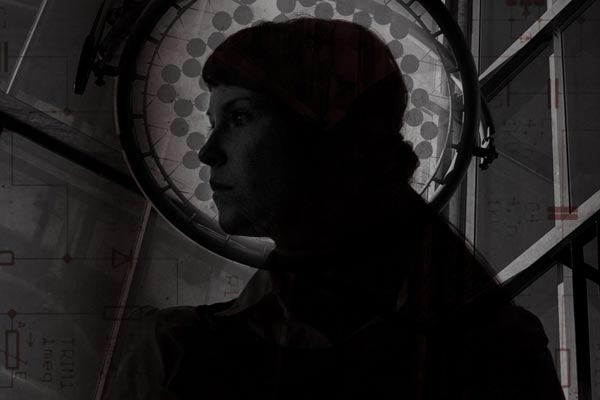If you like your theatre on the weird side, then fully-immersive, interactive pieces promise to keep you out of your seat while tickling your strange-loving fancy.
When you make a piece of theatre interactive, you invite the audience in, breaking down conventional boundaries and endlessly recreating art in every moment. This is a brave and risky undertaking considering the audience are not only untrained but also come with their own flaws and idiosyncrasies which the performers may not be prepared for.
For the most part, people are compliant and the story works. Sometimes, however, you get an audience member who reminds you exactly why the fourth wall was constructed in the first place. For ‘This Is Capital City’, that audience member was my partner, Dave.
‘This Is Capital City’ is like being the avatar in a video game, which sounds awesome, but you move through the game-world incredibly slowly, spend most of your time talking to yourself and don’t get to shoot anything. Having said that, there were a few unnerving moments, one in particular where I genuinely questioned the safety of what I was doing.
Conceptually, it was brilliant and the technology used to carry out the clever idea was superb. Sensors detect the choices you have made based on your movements and the story proceeds accordingly. The action doesn’t continue until you’ve made a decision and moved in the right direction.
However, it was hard to stay focused on the long chunks of dialogue. I was constantly forcing myself to concentrate and, while I did manage to catch the main plot points, a lot of the finer detail was lost on me. For Dave, who has ADD, this issue was insurmountable. Like me, he missed the finer details of the plot. But he also missed the major details. And the directions he was supposed to take.
When he met his first character, he failed to follow his inner-monologue prompts and so the two of them stood, awkwardly staring at each other, the actor unable to continue until Dave initiated the interaction and Dave completely lost as to what he was meant to be doing.
It was around that time he decided this interactive theatre business wasn’t for him. Immersed in my part of the story and, at the time, oblivious to what was going on with Dave, I noticed him across the courtyard, headset in hand, marching back to the office with two support staff trailing after him.
While Dave’s reaction was extreme and – according to the event co-ordinator – uncommon, it was symptomatic of the slow-moving, dialogue-heavy content. The concept was fresh, there were moments of genuine intrigue, and I’m glad people are bringing ideas like this to life. But a faster pace, more action, punchier dialogue and less monotonous talking would have made the experience more exciting, easier to follow, and accessible, even for those of us with attention spans of the shorter variety.






